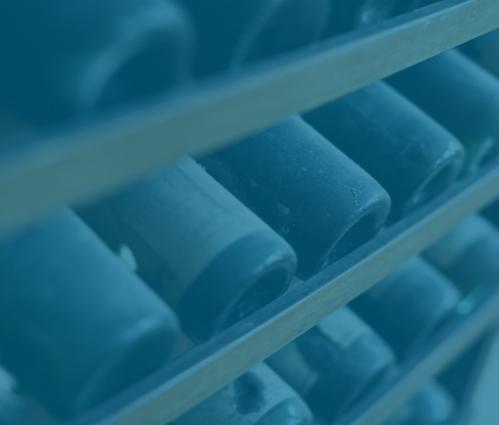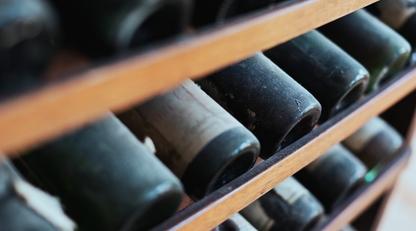Wine is part of a group of investments collectively known as ‘treasure assets’. These include things like art, jewellery, antiques, watches, antiquities, toys and classic cars. Those considering investing in wine as part of their wider portfolio often do so in the context of these other treasure assets, so it’s worth understanding the similarities and differences. While we wouldn’t want to discourage anyone from investing in other sectors, these differences illustrate why we think wine is the best option for most investors when it comes to treasure assets.
Investing in wine: its similarities to other asset classes
Product homogeneity: a homogenous product is one that cannot be distinguished from another and that can be easily substituted. While wine isn’t perfectly homogenous, it’s certainly close. As far as the market is concerned, one case is essentially the same as any other. It’s a different situation with most other treasure assets. The value of one Monet painting will tell you relatively little about the price another will fetch. Even with industrially manufactured products such as classic cars, their condition, mileage and service history can have an outsized impact on pricing and desirability.
Established storage and logistics: while it’s increasingly common for art to be stored in free ports and for classic cars to be kept in professional storage facilities, wine still has an advantage here. There is a long-established global network of affordable wine storage facilities that ensure a wine’s provenance is documented, as well as keeping it in top condition. Should the owner wish to stop investing in wine and drink it, final mile delivery can easily be arranged.
An established marketplace and data: in 2021, data on the performance of wine as a collective and on individual wines is relatively easy to obtain and to track. Thanks to product homogeneity, WineCap is able to provide valuations quickly and easily, allowing investors to know at any point, exactly what their wines are worth. Wine also has well-established marketplaces and a relatively low transaction cost. In comparison, art is usually sold at auction houses which command high fees, 20-30% is not unusual once all costs are considered, or in galleries where markups can be 50% or more. Costs to use online wine trading platforms or merchants such as WineCap are significantly lower.
Low cost: when compared with other treasure assets, even investing in wines that are at the top-end is somewhat affordable. This is one of the reasons why prices are generally robust and unaffected by the global economic climate. Imagine someone who regularly buys investment-grade wine; a financial crash might put them off buying a £20m Ferrari 250 GT LWB California Spider, but will it deter them from taking up their annual allocation of £15,000 Domaine de la Romanée-Conti?
Low cost of ownership: a Ferrari F40 has to have its fuel cells replaced every ten years and the parts alone for that one item could run to £30,000. If the batteries in your Mclaren P1 need replacing, that’s £100,000. A case of wine, regardless of value, shouldn’t cost more than around £15 a year to keep in perfect condition.
An improving asset in diminishing supply: there’s no other asset in this class that both improves and becomes rarer with age. This advantage is unique to fine wine.
Above all, the argument for wine is fundamentally one of investment returns. The graphs above show that, over the long-term, wine has comprehensively outperformed both the treasure assets it is most similar to, as well as more mainstream assets. We believe there is a place for investing in wine in any portfolio.
Want to find out more? Schedule a free consultation with one of our wine investment experts.

